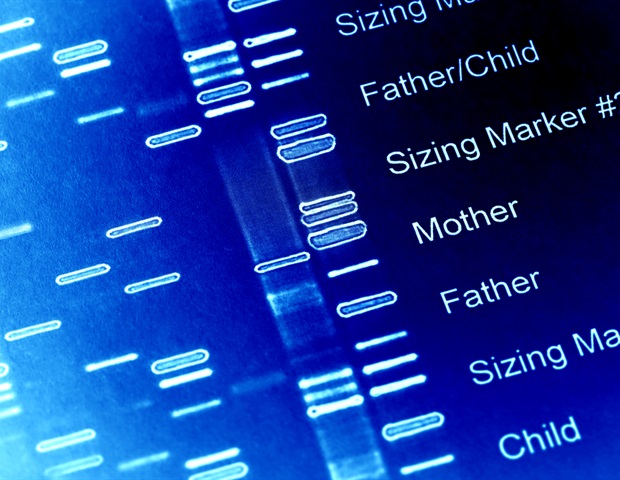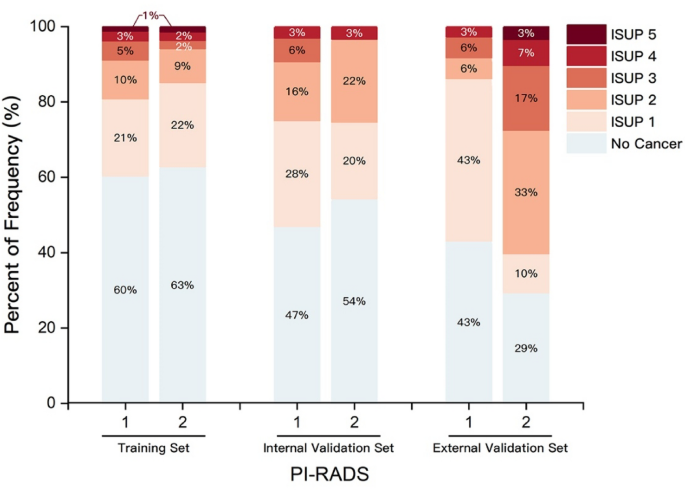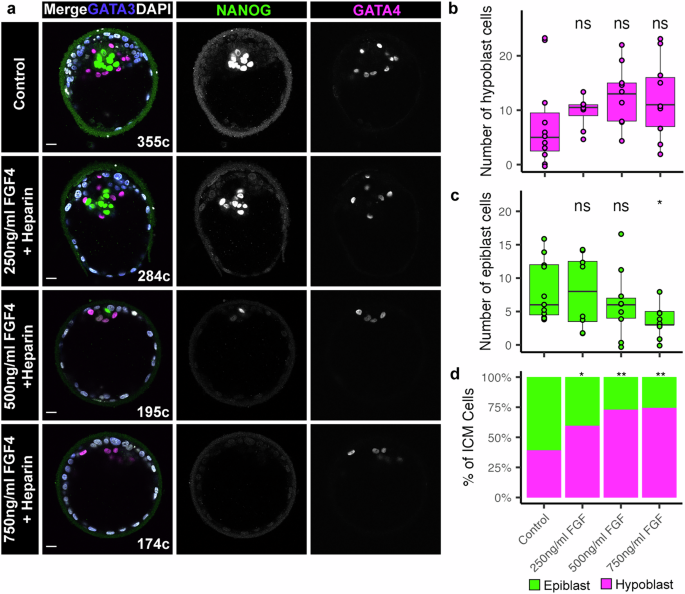The largest genetic analysis of stuttering has demonstrated a clear genetic basis for the speech disorder, highlighting neurological pathways of risk. The study, published July 28 in the journal Nature Genetics, used data…
Category: 5. Biology
-

Australian scientists uncover new way to halt aggressive cancer growth
Australian researchers have discovered a promising new strategy to suppress the growth of aggressive and hard-to-treat cancers by targeting a specialized molecular process known as ‘minor splicing’.
Published in EMBO Reports, the…
Continue Reading
-

Researchers map atomic structure of protein complex driving cilia movement
A team led by UT Southwestern Medical Center researchers has uncovered the atomic structure of a protein complex pivotal to the function of motile cilia, the hair-like structures extending from the surfaces of many cell types that…
Continue Reading
-

Understanding nucleosomes’ role in cellular efficiency
Each cell in our bodies carries about two meters of DNA in its nucleus, packed into a tiny volume of just a few hundred cubic micrometers-about a millionth of a milliliter. The cell manages this by winding the strings of DNA around…
Continue Reading
-

Association of pulse pressure with presynaptic dysfunction in older adults with Alzheimer’s disease: a cohort study
Our findings revealed significant relationships between PP and the presynaptic dysfunction marker CSF GAP-43, and CSF p-tau levels. Mediation analysis further suggested that CSF GAP-43 may serve as potential pathway through which vascular aging…
Continue Reading
-

Development and validation of a visual nomogram for predicting clinically significant prostate cancer in negative mpMRI using 68Ga-PSMA PET/CT
The use of mpMRI has increased for the localization of newly diagnosed lesions and repeat biopsies due to its sensitivity in detecting csPCa17. For positive mpMRI, systematic biopsy plus target biopsy can improve the detection of csPCa. For…
Continue Reading
-

Suppression of ERK signalling promotes pluripotent epiblast in the human blastocyst
Exogenous FGF is sufficient to drive human hypoblast specification
We hypothesized that FGF4 may play a conserved role in human pre-implantation development. Transcriptional analysis of human pre-implantation embryos17,18,19 indicates that there…
Continue Reading
-

LAMP5 modulates IRF4 stability and nuclear transport: a critical mechanism in myeloma progression and therapy
LAMP5 is critical for myeloma disease progression
By utilizing the Broad Institute Cancer Cell Line Encyclopedia (CCLE) database, our analysis indicated that LAMP5 exhibits the highest expression in myeloma cells among numerous types of tumors and…
Continue Reading
-
![Computational studies on structural aspects of pyrazolo[3,4-b]pyridine derivatives as TRKA inhibitors in cancer therapy](https://scienewsd.appsfornexus.com/wp-content/uploads/2025/07/41598_2025_8370_Fig1_HTML.jpg)
Computational studies on structural aspects of pyrazolo[3,4-b]pyridine derivatives as TRKA inhibitors in cancer therapy
Pharmacophore hypothesis dataset and validation of the pharmacophore model
A total of 19 hypotheses were generated in this model, each demonstrating interactions with the identified receptor molecules. Each hypothesis is assigned a specific value,…
Continue Reading
-

Development of tetraculture spheroids as a versatile 3D model for personalized breast cancer research
Cell culture
T47D, BT474, SK-BR-3, MDA-MB-231, Ea.Hy926, THP-1 cell lines were purchased from ATCC. T47D and BT474 were cultured in RPMI-1640 (Merck Millipore Corporation, Germany) medium with 10% fetal bovine serum (FBS) and 1%…
Continue Reading